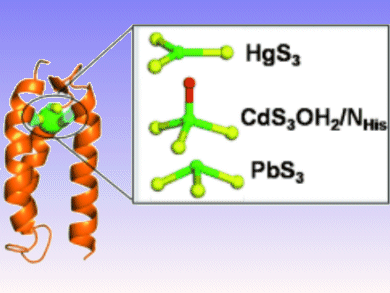In this issue, two reviews deal with crystal growth: J. Anwar and D. Zahn contribute to the molecular understanding of crystal growth and nucleation through molecular simulations. Which new techniques pave the way to explore realistic scenarios of crystal nucleation? N. Pienack und W. Bensch discuss the in-situ monitoring of the formation of crystalline solids. How does the understanding of the formation of crystalline solids enable their rational synthesis? In a Minireview, S. Seal et al. describe surface-modified inorganic nanoparticles and their biomedical applications. The Highlights deal with the optimization of the industrial manufacture of sitagliptin (A. A. Desai) and the role of oxidizing directing groups in C-H activation reactions (F. W. Patureau and F. Glorius).
In the Communications section, N. K. Garg et al. describe the nickel-catalyzed amination of aryl sulfamates and R. Khempe et al. present highly enantioselective amido iridium catalysts for the hydrogenation of ketones. R. H. A. Ras et al. demonstrate that the size of magnetic cobal nanoparticles can be tuned by adjusting the heating rate in their hot-injection synthesis. V. L. Pecoraro et al. succeeded in the introduction of a new metal-binding site into an existing three-helix bundle, thereby generating a 3-Cys metal-binding site at the C terminus (see picture).


